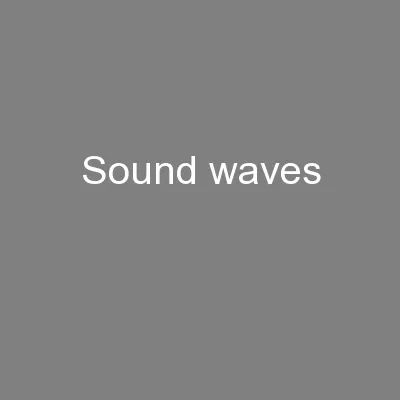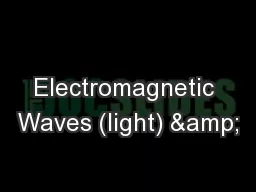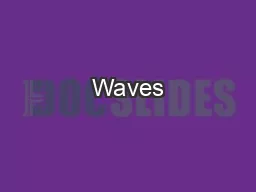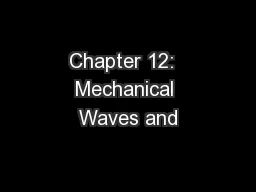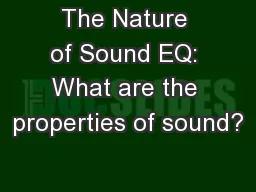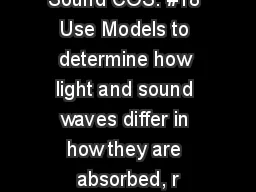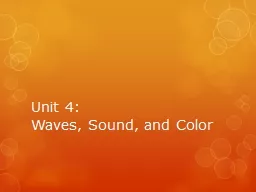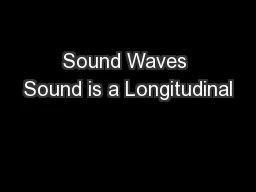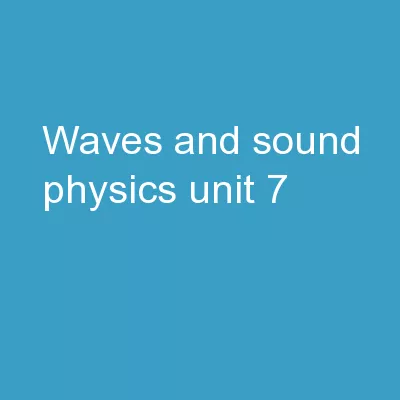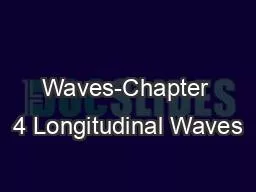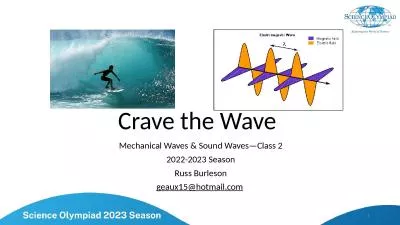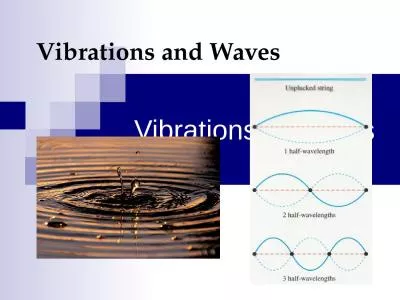PPT-Sound waves
Author : danika-pritchard | Published Date : 2016-06-11
and Perception of sound Lecture 8 Prereading 163 Fourier theorem Why sine waves Any wave shape can be represented as a superposition of normal modes components
Presentation Embed Code
Download Presentation
Download Presentation The PPT/PDF document "Sound waves" is the property of its rightful owner. Permission is granted to download and print the materials on this website for personal, non-commercial use only, and to display it on your personal computer provided you do not modify the materials and that you retain all copyright notices contained in the materials. By downloading content from our website, you accept the terms of this agreement.
Sound waves: Transcript
Download Rules Of Document
"Sound waves"The content belongs to its owner. You may download and print it for personal use, without modification, and keep all copyright notices. By downloading, you agree to these terms.
Related Documents

